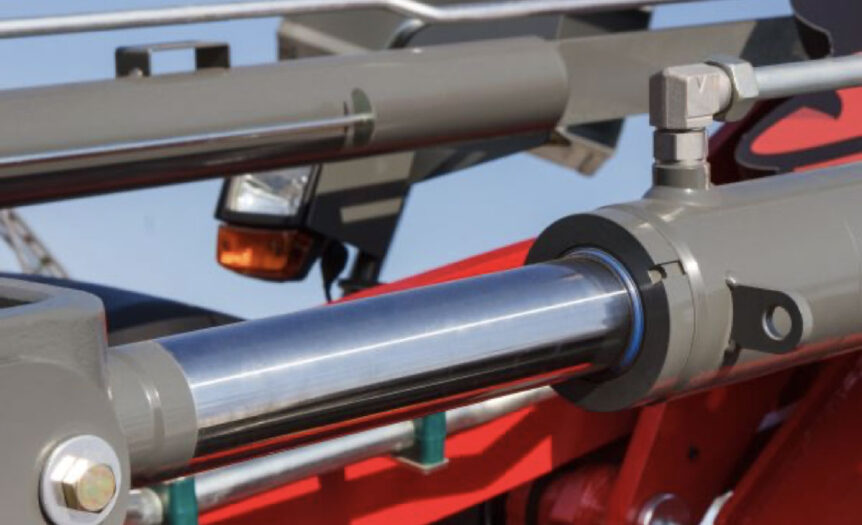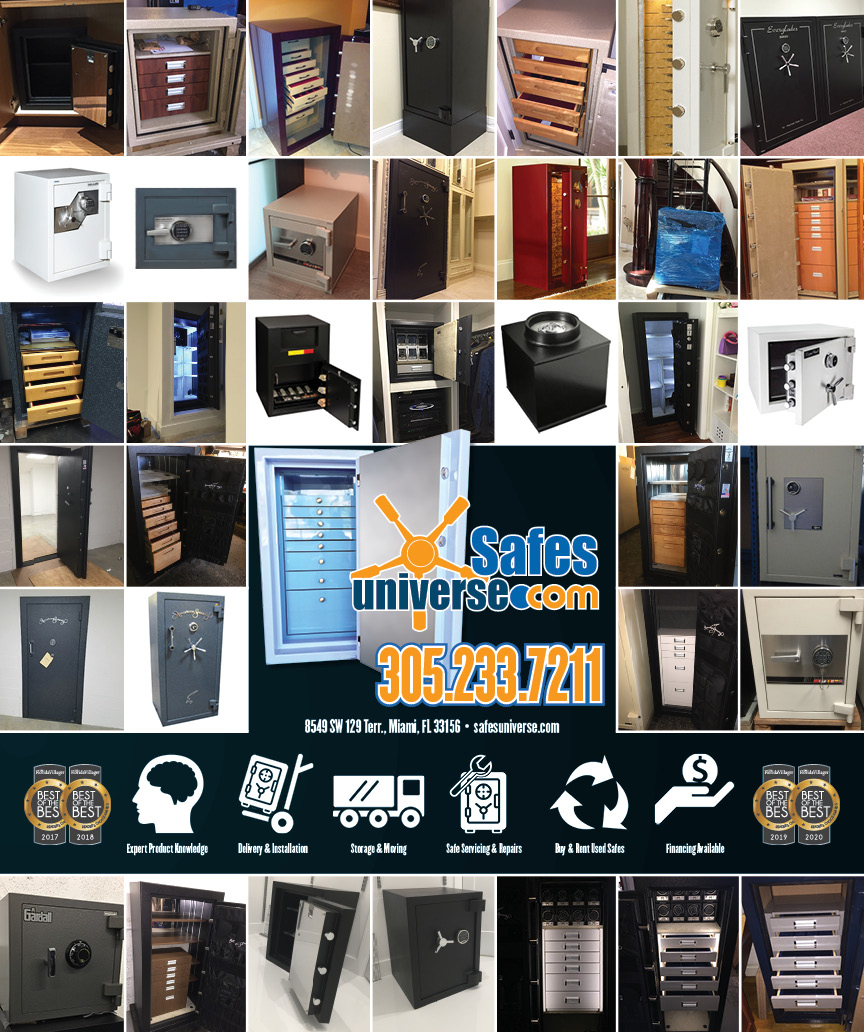Hydraulic technology provides the backbone for many industries, from construction to manufacturing to transportation, among many others. In turn, these hydraulic systems are dependent on their moving elements, called actuators, which provide the machinery with motion and power. The constant activity of these actuators, however, creates continuous wear and tear that can ultimately reduce their efficiency and cause maintenance issues. Avoiding the resulting downtime and loss of productivity is a matter of diligent hydraulic actuator maintenance.
Below, we’ll discuss how to extend the life and improve the performance of your hydraulic systems with proper maintenance. We’ll offer practical tips for minimizing the impact of ordinary wear and tear, as well as help you detect the signs of a more serious problem. Follow the steps in this guide to maximize the performance and longevity of the hydraulic system your industry depends on.
The Parts of a Hydraulic System
The actuator is part of a larger hydraulic system designed to generate motion and power to move heavy loads. That motion is generated by a pressurized fluid, which is contained within a tank built into the machinery. The fluid in this tank must be incompressible—usually a type of oil—and a pump is used to build and maintain the pressure. According to Pascal’s Law, pressure applied to hydraulic fluid is distributed evenly, allowing the actuator to deliver powerful, controlled motion.
The actuator itself, the element that provides the motion, can be connected to various types of machinery to provide them with their capacity to perform work. A hydraulic actuator’s ability to generate great physical force makes hydraulic systems ideal for large-scale construction and demolition projects, as well as other tasks that require the movement of vast amounts of weight. For that reason, hydraulic systems are commonly connected to elements such as crane booms, aircraft wheels, and digger blades, among others.
Routine Inspections
Since hydraulic systems generate power using pressurized liquid, any loss in that pressure can cause the system to become less effective. Pressure loss may be due to the introduction of foreign particles into the hydraulic fluid or the result of a fluid leak caused by a failed seal or other issue. Excessive friction or worn-out parts can also cause the system to become less efficient.
Most issues do not occur suddenly. Rather, they are the result of cumulative wear and tear caused by continuous normal use of the machinery. The loss of functionality that accompanies these problems can largely be avoided if the root cause of the issue is addressed early on. A crucial part of hydraulic actuator maintenance is to invest in regular inspections of the machinery. Have a technician trained in the use of the system work down a checklist and repair or replace any parts of the machinery exhibiting signs of deterioration.
Monitor Seals
It’s important to regularly check seals to prevent leaks or catch them early. Many hydraulic systems have weak points in rubber gaskets and other areas where small openings can begin to develop. There may be obvious signs of a leak, but they can also be more subtle. For instance, damaged seals can cause the machinery to make unusual noises due to an increase in friction. They can also weaken the system’s ability to generate the power necessary to perform its work, which can manifest in ineffectiveness or even system failures.
Monitor the seals in your hydraulic system by periodically introducing dye to your hydraulic fluid. This will make it easier to see if any liquid is seeping out through a damaged seal. If you notice this occurring, arrange to have the seal replaced.
Ensure Your System Has Clean Hydraulic Fluid
As mentioned above, a major cause of the loss of efficiency in hydraulic systems is the introduction of foreign particles into the hydraulic fluid. Contaminants can hamper a hydraulic system’s ability to generate power, weakening the machinery and forcing it to use much more energy to achieve the desired results.
There are several things that can be introduced into the fluid during regular use. A damaged gasket or poor seal can allow air bubbles to enter, causing the fluid to become foamy and fail to achieve the necessary pressures. Water can also enter the hydraulic fluid, turning it milky and similarly interfering with its ability to generate pressure.
Excessive friction is another cause of contamination in the machinery. As the moving parts of the system pass over one another, microscopic bits of material may flake off and enter the fluid. These particles will cause the fluid to appear dark and dirty, and they may contribute to the machinery overheating, which in turn can lead to a catastrophic breakdown.
If you detect contamination in your hydraulic fluid, you may need to invest in a fluid purifier, which is designed to recondition the liquid in your system. A high-quality filtration system should also be installed to prevent more contaminants from being introduced into the machinery.
Replace Parts in a Timely Manner
Your hydraulic actuator is part of a holistic system, where each element depends on the next in order for the system to operate at maximum efficiency. If any part of the machinery begins to wear out, it can compromise your entire operation as it weakens your system’s ability to do its work. To prevent this, you must replace any worn-out parts in a timely manner. Any replacement parts should be correctly fitted to your specific machine to prevent further wear and tear.
To ensure the smooth and effective operation of the machinery your industry depends on, consider investing in a fully customized system, such as one constructed by Aberdeen Dynamics. Each element of the system can be repaired or replaced by the same manufacturer, ensuring their improved efficiency, effectiveness, and longevity.










 Deering Estate
Deering Estate
 Massage Envy South Miami
Massage Envy South Miami
 Calla Blow Dry
Calla Blow Dry
 My Derma Clinic
My Derma Clinic
 Sushi Maki
Sushi Maki
 Sports Grill
Sports Grill
 The Healthy Kitchen
The Healthy Kitchen
 Golden Rule Seafood
Golden Rule Seafood
 Malanga Cuban Café
Malanga Cuban Café

 Kathleen Ballard
Kathleen Ballard
 Panter, Panter & Sampedro
Panter, Panter & Sampedro
 Vintage Liquors
Vintage Liquors
 The Dog from Ipanema
The Dog from Ipanema
 Rubinstein Family Chiropractic
Rubinstein Family Chiropractic
 Your Pet’s Best
Your Pet’s Best
 Indigo Republic
Indigo Republic




 ATR Luxury Homes
ATR Luxury Homes


 2112 Design Studio
2112 Design Studio
 Hamilton Fox & Company
Hamilton Fox & Company
 Creative Design Services
Creative Design Services
 Best Pest Professionals
Best Pest Professionals
 HD Tree Services
HD Tree Services
 Trinity Air Conditioning Company
Trinity Air Conditioning Company
 Cisca Construction & Development
Cisca Construction & Development
 Mosquito Joe
Mosquito Joe
 Cutler Bay Solar Solutions
Cutler Bay Solar Solutions


 Miami Royal Ballet & Dance
Miami Royal Ballet & Dance
 Christopher Columbus
Christopher Columbus
 Pineview Preschools
Pineview Preschools
 Westminster
Westminster
 Carrollton
Carrollton
 Lil’ Jungle
Lil’ Jungle
 Frost Science Museum
Frost Science Museum
 Palmer Trinity School
Palmer Trinity School
 South Florida Music
South Florida Music
 Pinecrest Orthodontics
Pinecrest Orthodontics
 Dr. Bob Pediatric Dentist
Dr. Bob Pediatric Dentist
 d.pediatrics
d.pediatrics
 South Miami Women’s Health
South Miami Women’s Health

 The Spot Barbershop
The Spot Barbershop
 My Derma Clinic
My Derma Clinic




 Miami Dance Project
Miami Dance Project

 Rubinstein Family Chiropractic
Rubinstein Family Chiropractic
 Indigo Republic
Indigo Republic

 Safes Universe
Safes Universe
 Vintage Liquors
Vintage Liquors
 Evenings Delight
Evenings Delight





 Atchana’s Homegrown Thai
Atchana’s Homegrown Thai
 Baptist Health South Florida
Baptist Health South Florida

 Laser Eye Center of Miami
Laser Eye Center of Miami
 Visiting Angels
Visiting Angels
 OpusCare of South Florida
OpusCare of South Florida

 Your Pet’s Best
Your Pet’s Best





 HD Tree Services
HD Tree Services
 Hamilton Fox & Company
Hamilton Fox & Company


 Creative Design Services
Creative Design Services